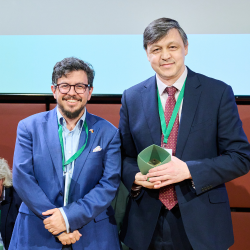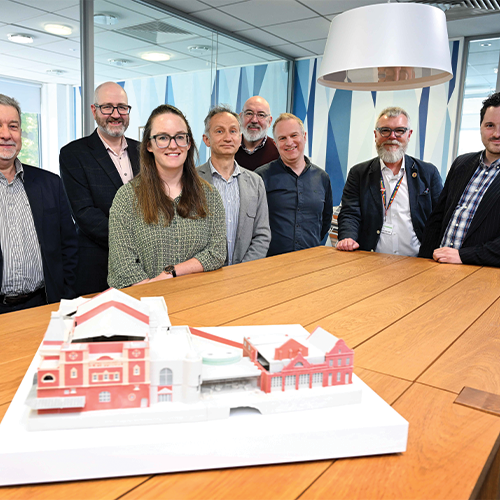More events
Upcoming events

Women鈥檚 Sport and Wellbeing Summit 2025
Lecture Theatre 003
-

NU Advice: Still time to apply
Virtual Event
-
Prof Clare Watt is a space plasma physicist who specializes in space weather at Earth. She leads projects to study the physics of Earth鈥檚 radiation belts through numerical simulation, analysis of spacecraft observations and theory.
She graduated with a PhD in space plasma physics from St Catharine鈥檚 College, Cambridge in 2002, during which time she created a new plasma simulation model at the British Antarctic Survey. Her work then took her to University of Alberta in Canada, where she created numerical models of acceleration of auroral electrons in polar regions. Clare鈥檚 focus is kinetic plasma physics as applied to space plasma environments. Largely this takes the form of wave-particle interactions, where charged particles in the collisionless environment of space interact with electromagnetic waves. This can result in energisation or scattering, and can be used to explain auroral processes, energisation of Earth鈥檚 radiation belts and even potentially the trigger for the explosive energy release in a magnetospheric substorm.
She has led large STFC Consolidated Grants (2015-2020) to study solar system physics, and is currently part of two large space weather consortia: (2017-2021) which makes improvements to the modelling of acceleration, transport and loss of radiation belt electrons to protect satellites from space weather, and (2020-2023) whose goal is to develop a real-time system to forecast radiation exposure to satellites for a range of different orbits, and quantify the risk of damage or degradation.
She currently serves on advisory groups for national and international space agencies, including the Human and Robotic Exploration Directorate of the European Space Agency, and the UK Space Agency. From 2017-2020 she was a Councillor and Trustee of the Royal Astronomical Society, and has served on the Science and Technology Facilities Council Astronomy Grants Panel.

I am a space plasma physics specialist with a keen interest in space weather. In short, this means I am interested in many aspects of Earth's space plasma environment: the magnetosphere, the Radiation Belts, substorms and more! Right now, I use my knowledge of kinetic space plasma physics, numerical modelling, and stochastic processes to consider the physics of Earth's outer radiation belt. This is a golden age of space plasma physics observations and I am excited to use the enormous NASA Van Allen Probes data sets to discover more about space weather for satellites.
I lead a small team who use numerical modelling, machine learning, and more traditional data analysis techniques to probe the mysteries of the high-energy environment in Earth's outer radiation belt. Please see Publications Page for latest publications.

Two PhD researchers from Northumbria University have been awarded Venice Fellowships by the…

Northumbria University has unveiled a new state-of-the-art X-ray radiography instrument 鈥� an…

A biodegradable battery developed by researchers at Northumbria University has won a major…

On Thursday 22nd May, Innovate UK marked 50 years of Knowledge Transfer Partnerships (KTPs)…

A trailblazing education programme that has its origins in North East England is being rolled…

Northumbria University has once again cemented its reputation as a leading institution providing…

Lecture Theatre 003
-

Virtual Event
-
Back to top